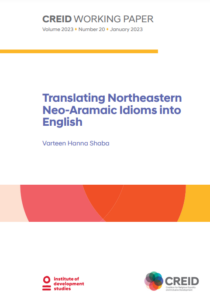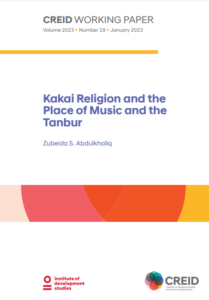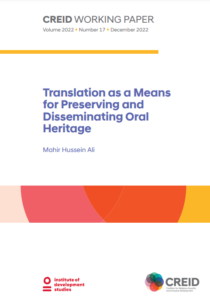The UN General Assembly has voted to adopt a resolution protecting religious sites. Recent conflicts in Iraq and Syria have seen vast swathes of religious heritage (including mosques, churches, shrines and temples) intentionally targeted and destroyed. However, this is not a new phenomenon and has been used as a means of targeting religious identities throughout history, as part of strategies to dominate, convert and govern disparate peoples.
By demolishing religious sites and imagery it is possible to alter society. This is because such spaces are vital in helping form identities and communities. If these spaces are lost or changed, it can affect the composition and mindsets of those peoples who engage with them.
Through research with Yezidi and Christian communities in Iraq and Syria, I explored the emotional, psychological and physical effects resulting from the destruction of their religious heritage. The targeted attacks on religious sites were experienced by those I worked alongside as a form of physical violence – a visceral pain – within their bodies. As one interlocutor described it, ‘the impact is like someone squeezed by fist our heart’.
This sense of physical heartbreak was one I heard time and again. Beyond the physical pain of destruction, the eradication of religious sites had also led to displacement, as people were forced from their homes because of this cultural and physical genocide.
Ensuring religious pluralism is respected
The movement towards safeguarding religious sites is imperative in enabling communities to freely practice their religion or beliefs. However, the failure of the international community to protect archaeological and religious sites during conflicts may call into question the tangible impacts of such resolutions. While steps are being made to recognise the importance and value of religious sites, there will be many challenges ahead in ensuring that religious pluralism is respected.
As part of the initiatives instigated by the Coalition for Religious Equality and Inclusive Development (CREID), religious sites – some of which have been destroyed – are being preserved through oral history. Within this project, young people from minority communities in Egypt, Iraq and Syria are being supported to undertake interviews with elders from their villages to document and record their memories of religious heritage and sites.
By working with local partners, CREID is directly tackling religious intolerance through projects that monitor hate speech and create opportunities for interfaith service delivery. In this way, CREID is contributing to the safeguarding of religious sites and demonstrating these sites’ significance for freedom of religion or belief.



